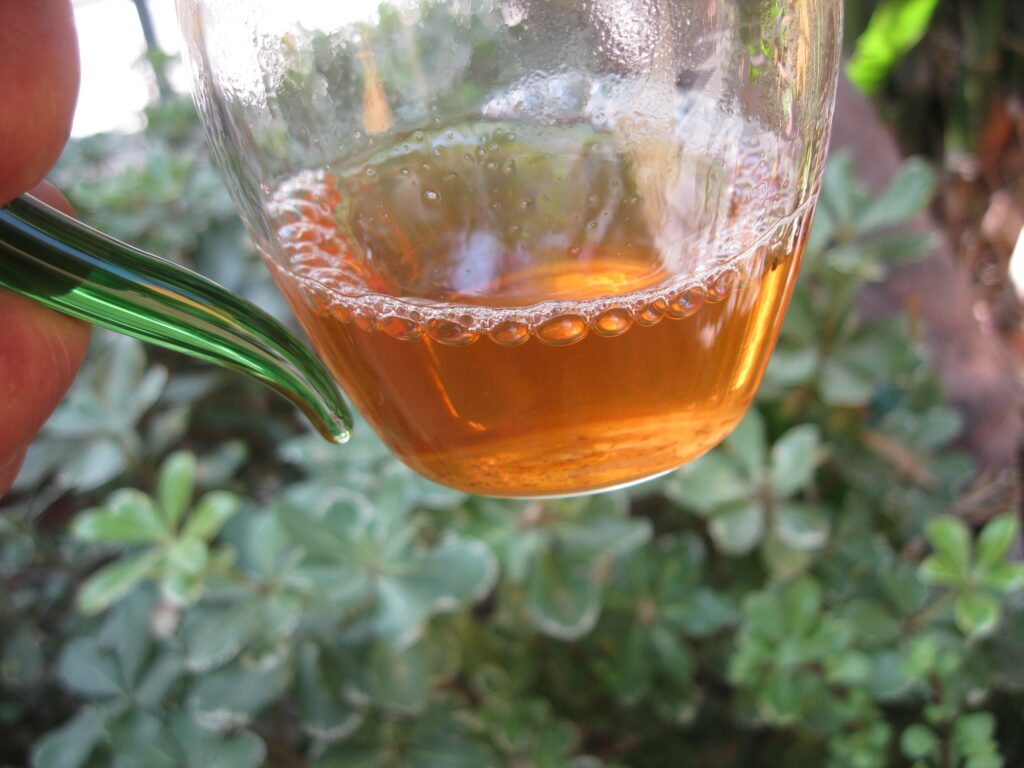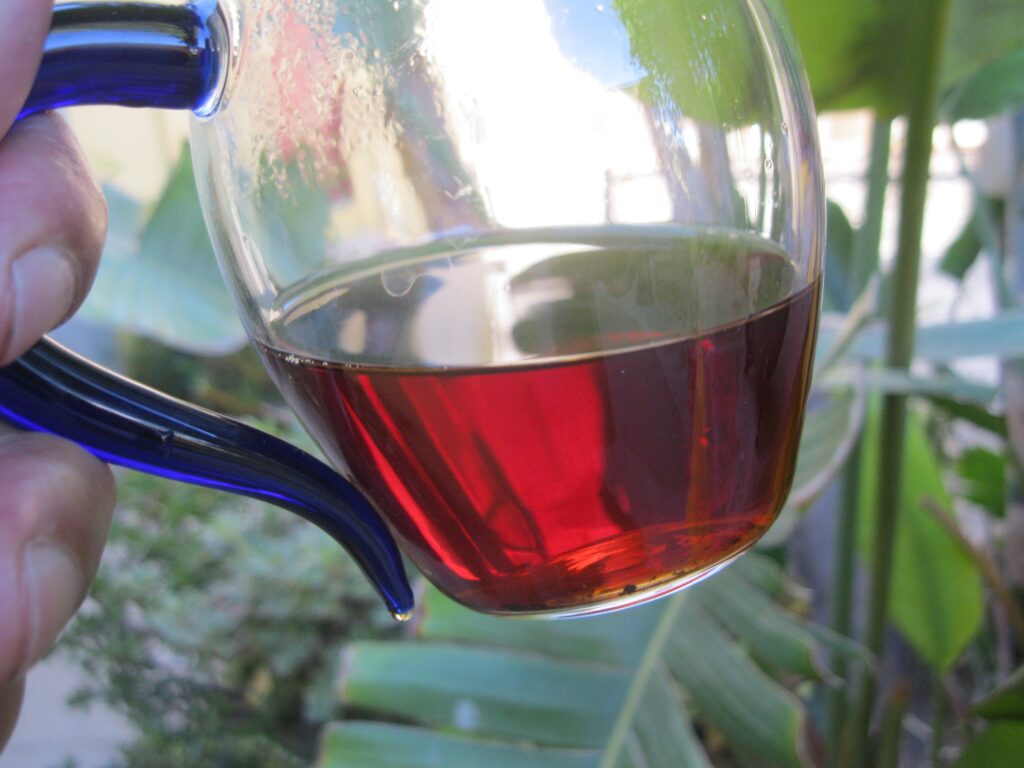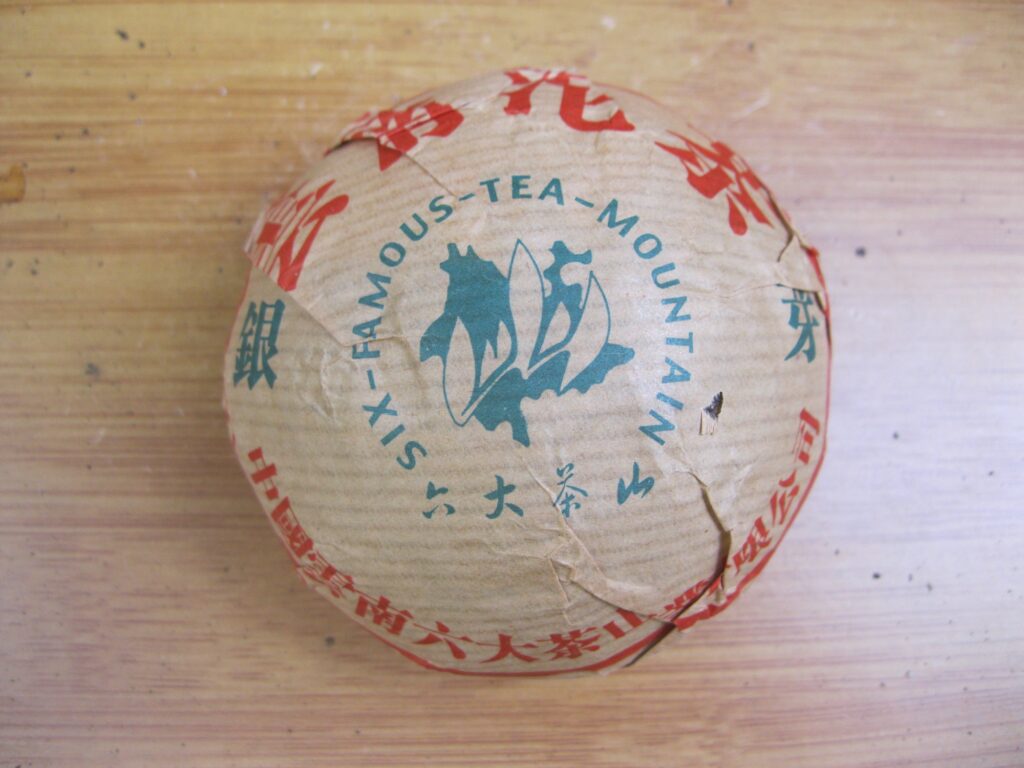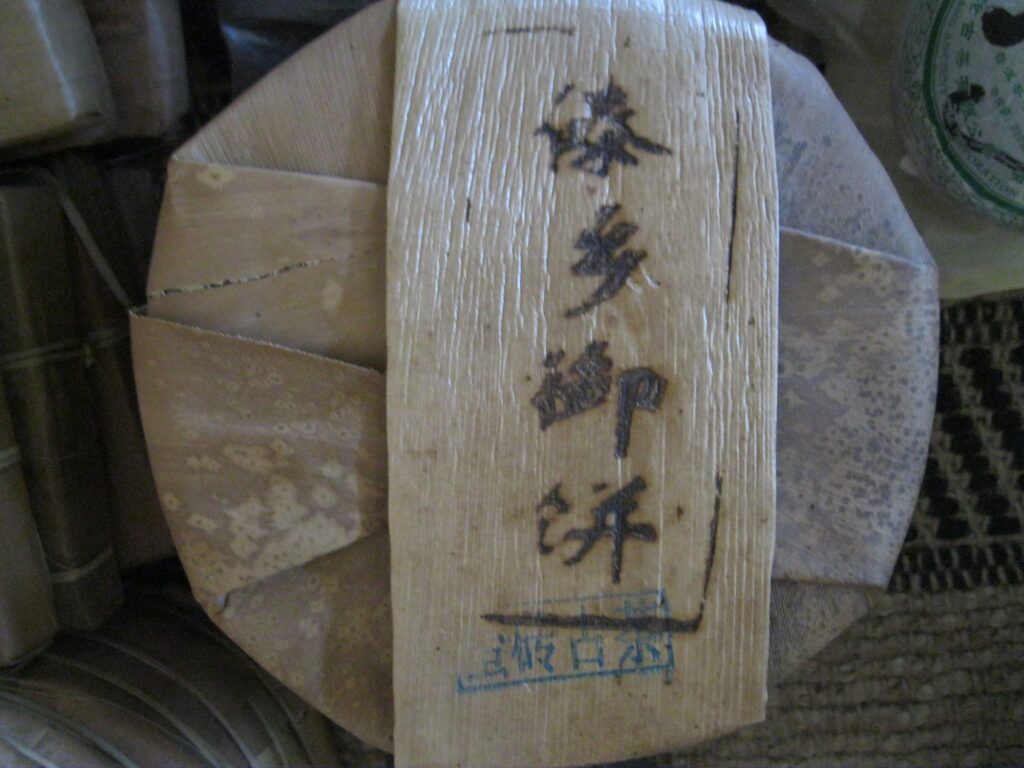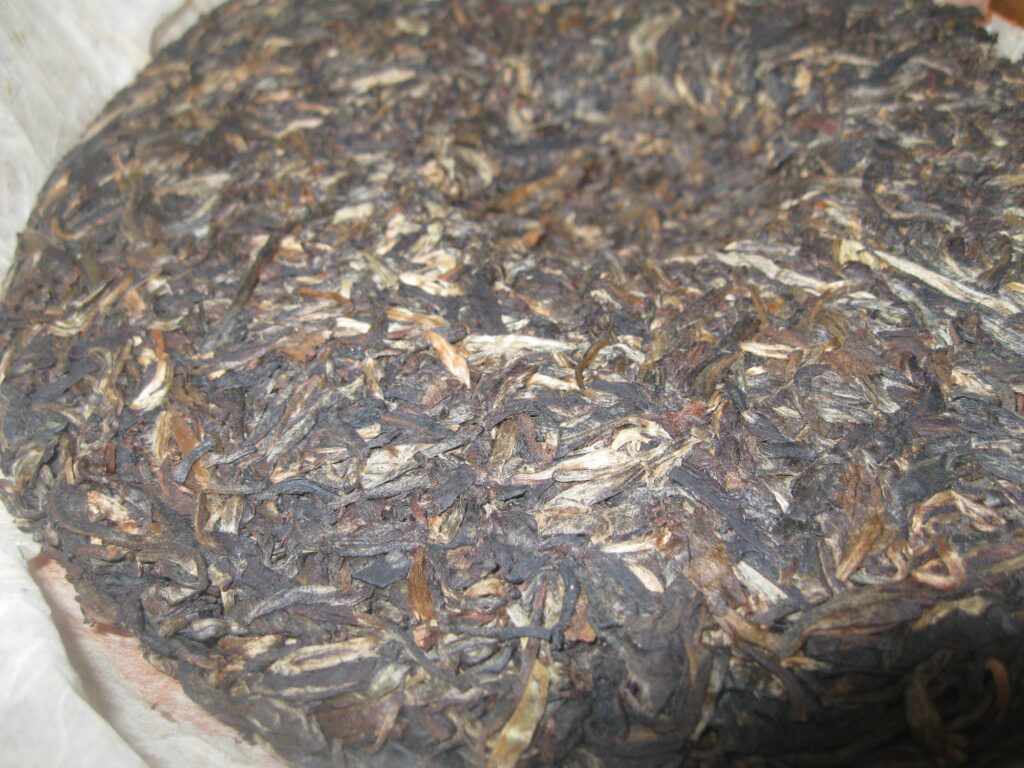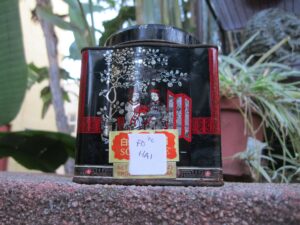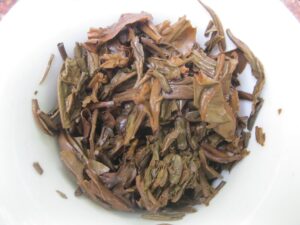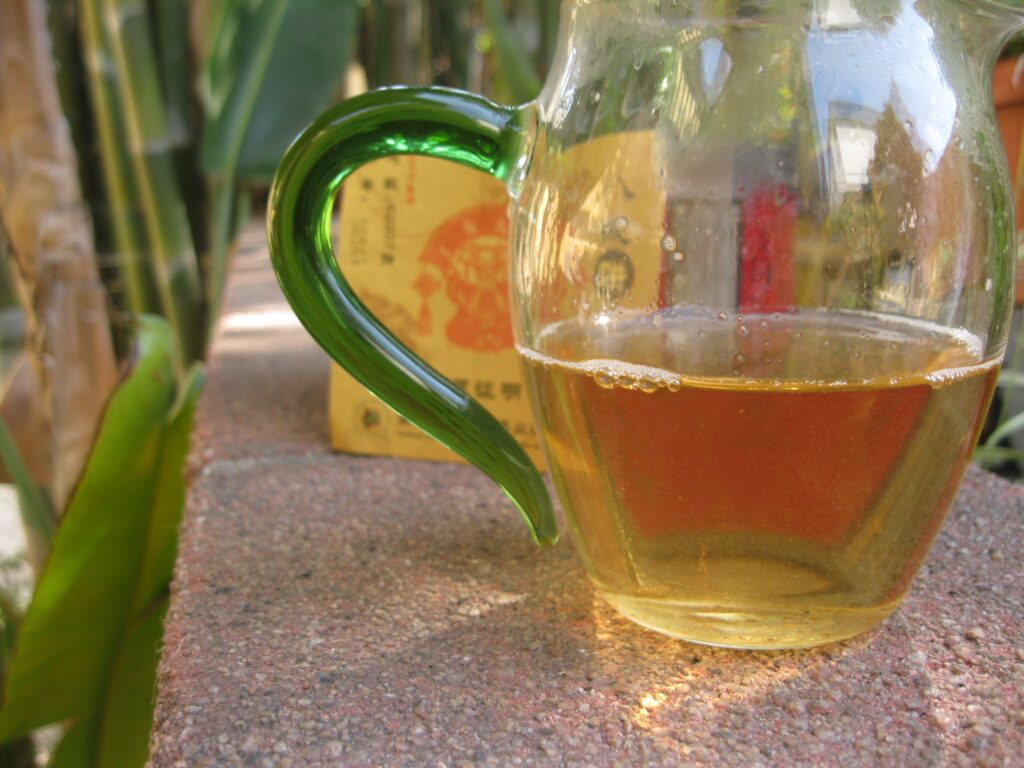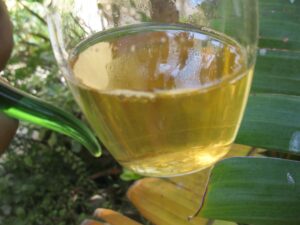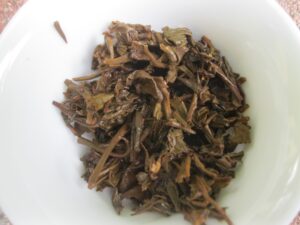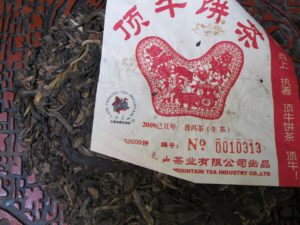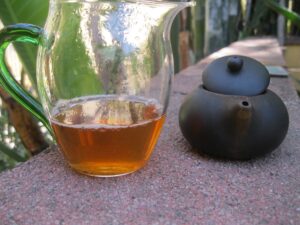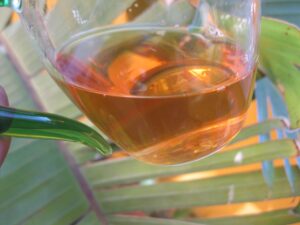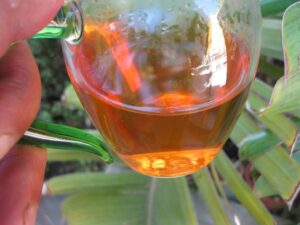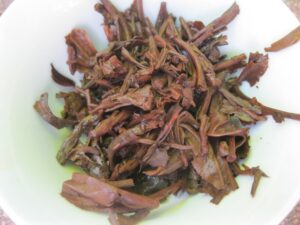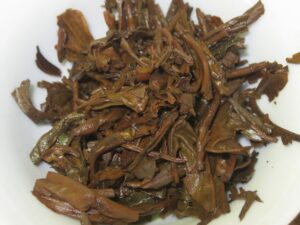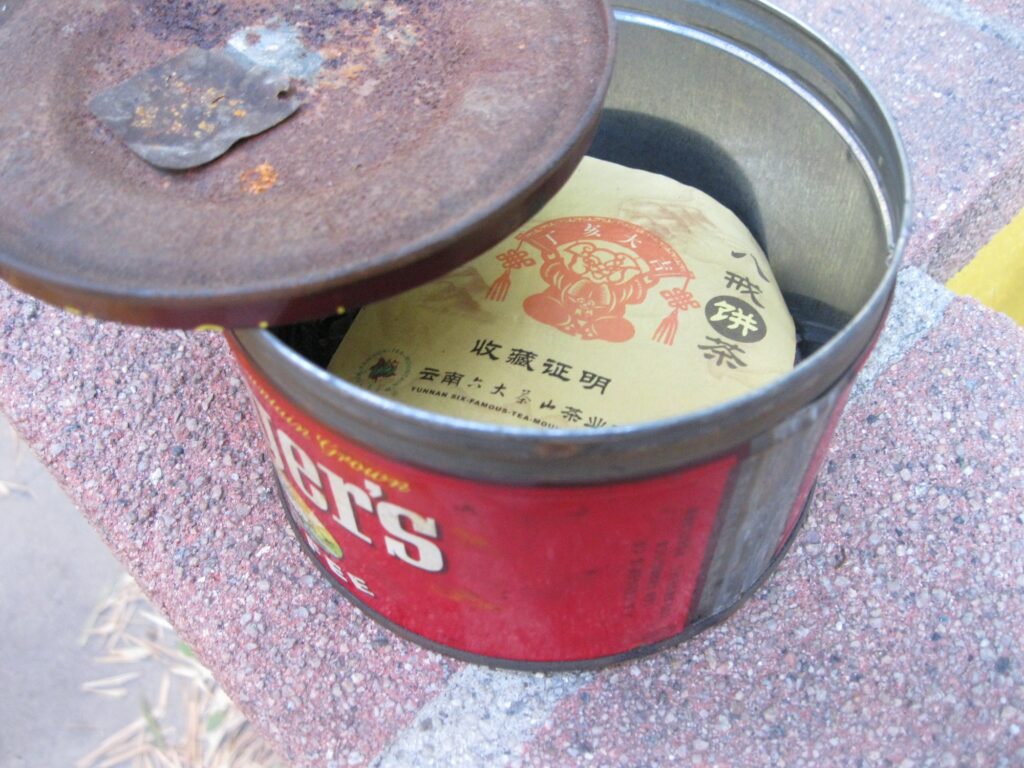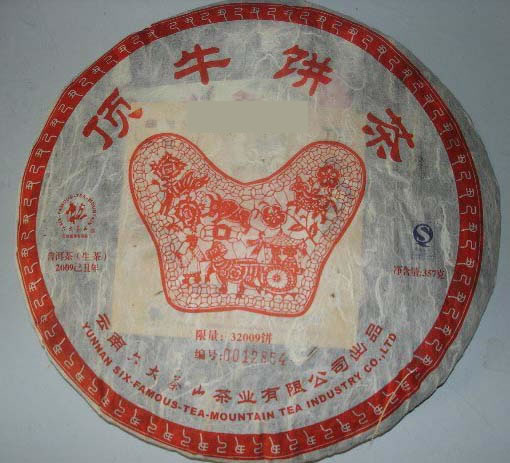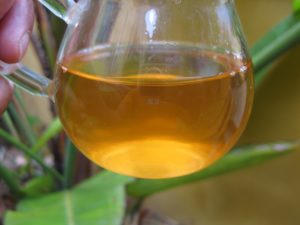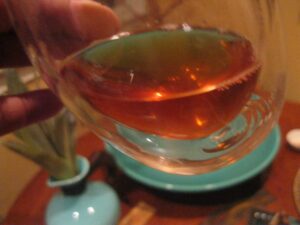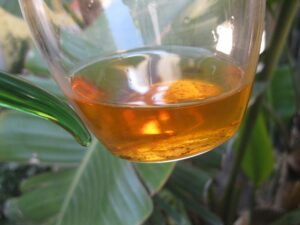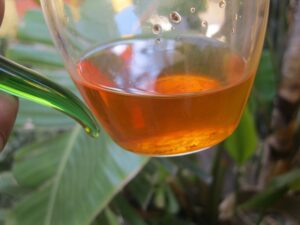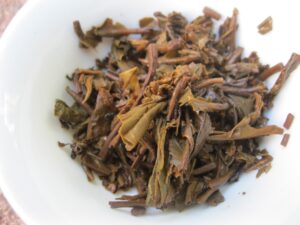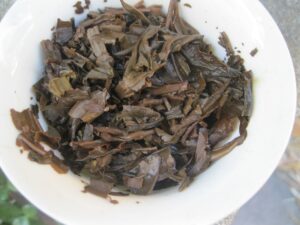Five Puerh (Im)Possibilities?
Puerh Junky got to thinking of Five Puerh (Im)Possibilities. The title sounded nice, so why not just run with it? They’re puerh musings upon offerings currently feeling neglected (CFN). You see, most of the newer arrivals receive the bulk of attention. Listed puerhs have already gained storage stability, so attention naturally goes toward actively evolving items (AEI). AEIs necessitate more drinking to ascertain their level of readiness. It’s less about drinking for pleasure than for readiness.
So below, CFNs are given their day in the sun. Many of these have been visited in the past 10 days (today is May 3, 2024).
’04 Uncle Creme Florale vs ’11 Creme Florale
Somewhere in an imaginary universe, Uncle Creme Florale and Creme Florale meet. Unfortunately, poor Uncle had not been visited for the better part of a year (presently spring ’24). It has always performed consistently, exhibiting a strong yet soothing presence. Conversely, the nephew has been one of the better sellers. A recent shipment necessitated adjudging relative differences in storage. This latest iteration (Mar ’24) expresses a greater underlying humid character than the previous two. It doesn’t reveal itself till after the fourth infusion. Astringency is also greatly diminished, making for a far smoother drinking experience. I got it at such a good price, I put it on sale.
The greatest difference between the two is that despite its chronological age, Uncle is younger. . . not by a whole lot. Both are super delicious. The Uncle is shrouded in sultry vanilla. There’s also some anise with just a vintage Lily-of-the-Valley kiss coming emerging on the back end. The sweetness level and the lasting vanilla in the mouth will make it your favourite Uncle for sure. It’s now more even more of what made it so delicious to start. ’11 Creme Florale has matured greatly. There’s more roundness and complexity in a humid orchid waltz. MKRS vibrancy emerges with each infusion. It’s starting to reflect attributes of the vaunted Tiger.
’07 Mincemeat vs ’07/’08 Water Blue Mark
Whereas PJ is less certain about the batch processing of Fuhai, maker of Mincemeat, at least the procedure for designating batch differences with Zhongcha (aka ChinaTea) maker of Water Blue Mark, is presumably understood. The last tasting of both Mincemeat and ’08 WBM was shortly before the new year ’24, both being backorders from different but familiar vendors. The vendor of the ’08 audaciously claimed “first batch” (charging as much), but only being second. Pretty infuriating. There’s a significant difference between batches and the only reason for venturing into ’08s in the first place was because first batch ’07s couldn’t be sourced.
Pouting aside, WBM ’08 is mossy, with camphor, hidden spice notes, and a lingering vanilla and minerality. Durable, nice texture and sweetness, not garishly sweet. It is nothing like the ’07 or Mincemeat. The comments on astringency in the product description no longer apply. It’s very balanced in this regard. The descriptor “peat” is often used to describe a mineral, vegetal quality, “mossy” takes this expression another level altogether, lichens by a forest brook, if you will. Petrichor isn’t just for ripes anymore. That’s the taste! A seriously wet petrichor note, i.e. moss. Vastly different from the ’07 and actually in the neighbourhood of the ’03 7536, Fuhai.The spice from Mincemeat is now more an afterthought, as either this batch or due to evolutionary forces it’s moved into the plum zone with a blend of wood and kerosene in the aftertaste. There’s no pencil shavings and the kerosene simply constitutes a nice compliment to the plum. Mincement continues to impress, though Puerh Junky cannot help but feel a bit wistful for the complex spice symphony it previously expressed.
If a Jade Mark Falls in the Woods. . .
Would anybody buy it? In the course of the never-ending shuffle and reconnaissance that is the Puerh Junky Cave, a single Jade Mark turned up. Right about May ’24 marks its 10th anniversary. It’s also included among the “Most Popular” sampler set.
What if the Silver Pekoe from Tulin, 6FTM, and MKRS had a Battle Royale?
Tales of the tape: Tulin ’06, 100g, tuo, Wuliang; 6FTM ’06, 357g, cake, Menghai; MKRS ’09, 150g, mini-iron cake, Mengku.
What on earth is “silver pekoe” anyway? It’s the hairy buds, Igor.The Tulin and MKRS have very similar profiles, being dry-stored and packing a punch that many find appealing in terms of mouthfeel and aftertaste. The taste itself is something PJ associates with dryer sheets, something “church lady” perfumy with fleeting hints of cantaloupe and maybe strawberry. That fleeting berry is more notional in the MKRS. The emphasis is church lady, with a fair measure of church-lady bitterness, and an impression that stays with you long after she’s left your presence. This trait is an aspect of camphor, which when subjected to more heat and humidity orange-juice sourness before becoming explosively menthol-y (i.e., camphory). MKRS isn’t listed yet but you’re welcome to ask.
The first two sips of the 6FTM initiates the qi response. The 6FTM storage box is accessed less than any of the other, allowing for serious storage action to set in. There an immediate mushroom note billowing from the gaiwan as the water is poured. It’s not humidity. It’s mushroom. By the time the liquor is poured, honeysuckle billows from the pitcher. The texture is light, the huigan intense, honeysuckle reverberating. Very pleasant huigan, sweetness. Cheese in the first infusion before assuming a more aggressive posture, thicker texture, more bitterness, much stronger floral force in the mouth with the mushroom singing harmony.
Last Orange Mark Standing
I wouldn’t call Orange Mark (BZ OG) citrus. Citrus expresses varying degrees of florality and sourness. Jade Mark, for example has expressed citrus notes and I often pick up grapefruit notes in various productions. Orange Mark, on the other hand, is “orange” flavour. After opening and sitting for about four hours the thickness is greater and the sweetness is at candy level, coating the tongue in orange-y sweetness. There’s only one remaining.
Wrap-up
So there you have it. The Currently Feeling Neglected (CFN) have had their chance to show their stuff. The ’08 Water Blue Mark was definitely the biggest surprise, though hardly should have been complaining about neglect having only arrived in Nov ’23. Perhaps had we been moving into autumn the Uncle would have beat it out. The aged vanilla intensity is. . . intensifying. Orange and Jade Marks and the Silver Pekoe, 6FTM strike this drinker as more in tune with the melody of spring.
Cheers!

